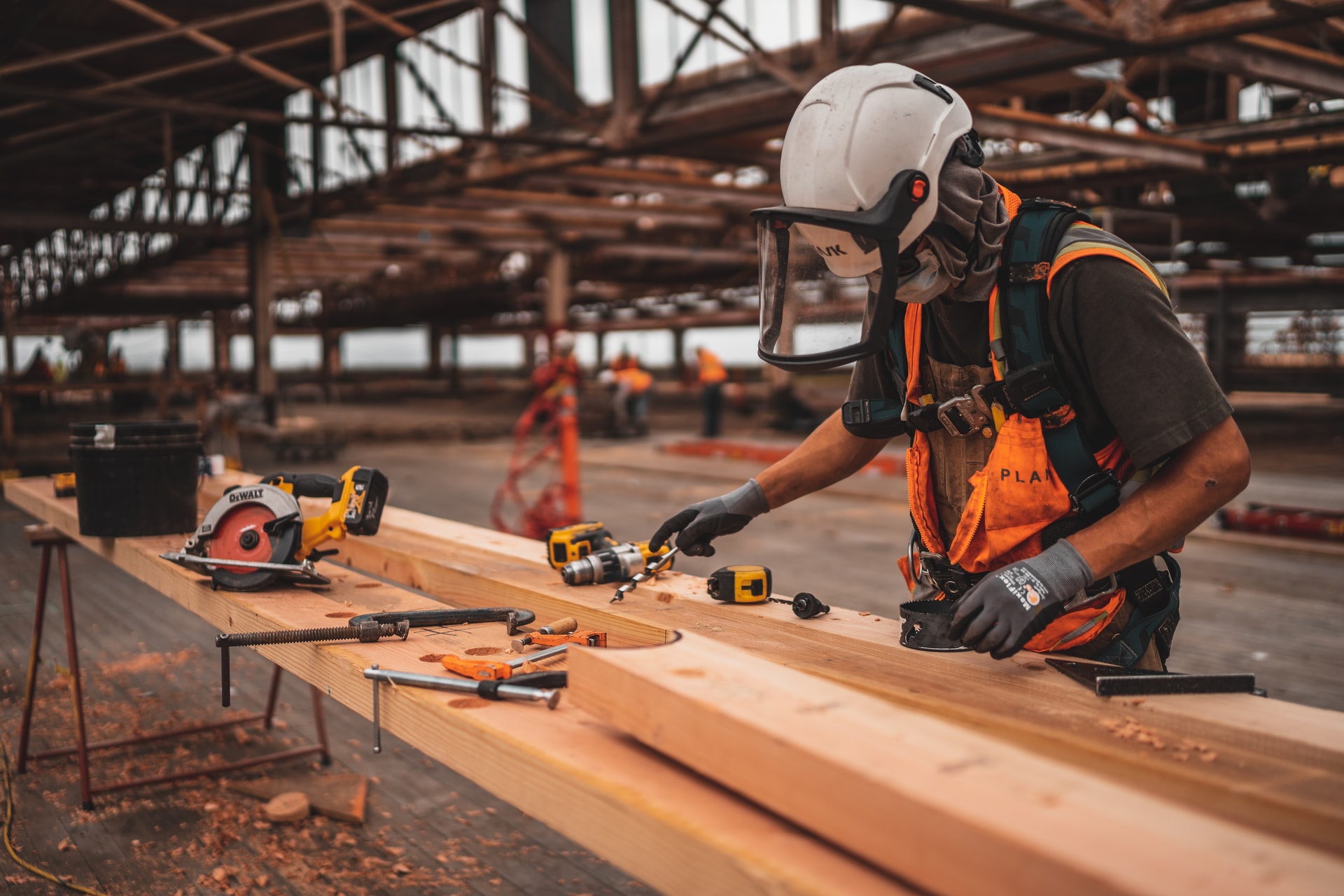There are three basic types of ball valves: venturi, complete, and reduced ports. The inside diameter of a full-port valve is the same as that of the pipe it is installed in. The port is usually one pipe size smaller than the line size in the venturi and reduced-port types. O-ring seals and bolted packing glands are used to seal the stem. Plug valves have a lubricant-seal system, although other valves with this feature are also available.
Unidirectional, bidirectional, or multidirectional are all terms used to describe the flow of the ball valves. They can have any number of ports and seats. Due to the number of ports available, a ball valve is referred to as a multi-port valve with 2 to 5 ports. A ball valve with three, four, or five ports can be unidirectional if the flow must enter through a specific port. A bidirectional valve is a two-way ball valve having two seats, one upstream and the other downstream of the ball. Multiple-port ball valves eliminate the requirement for several valves by allowing flow in more than one direction.
A three-piece and split-body ball valve are among the many types of ball valve bodies available for purchase. However, valve ends are available with butt welding, socket welding, or flange or threaded ends.
High- and low-pressure versions of a ball valve are available. A ball valve may now be used in high-pressure and high-temperature applications because of developments in their design.
Benefits of a Ball Valve
A ball valve provides the following benefits:
- Service is delivered in an air-tight manner.
- It’s easy to open and shut.
- Smaller than a gate valve.
- Compared to a gate valve, it is lighter in weight.
- Versatility not possible with gate or globe valves is provided by the multi-port design. There are fewer valves needed.
- Choosing from a variety of ball valve models gives you more options.
- It may be utilised in both clean and dirty environments.
- A high-quality ball valve can withstand high pressure and temperatures and provide long-lasting service.
- This sort of valve requires less force to open and shut than a gate or a globe.
Common Uses for a Ball Valve
Ball valves are commonly used in the following situations:
- Applications that need bubble-tight service in air, gas, and liquid.
- Root valves for musical instruments
- Water for Refrigeration and Feeding.
- Steam service.
Ball Valve with a Split-Body
Parts of the split-body design include a stem, other internal parts and the two-part body. A flange connects the two halves of the body. The size of one bodily portion differs from the other. The more extensive body section is used to enter the ball, while the minor body component is connected via a bolt. The filling box is built-in as part of the enormous body component. Smaller split-body ball valves have a threaded connection between the two halves of the valve. Another potential leak source is the flange or threaded junction between the two-part body.
Valves with two truncated ball joints
This ball-valve design’s top and bottom trunnions are inherent to the ball and serve as short-shaft extensions. To open or shut the valve, the shaft inserted in the top trunnion rotates freely, allowing these trunnions to spin in bearings. Other designs allow the ball to float in the direction of the slot on the top of the ball, but this design keeps the ball firmly in place. A shaft inserted into the top slot must be rotated to open or close the valve.







